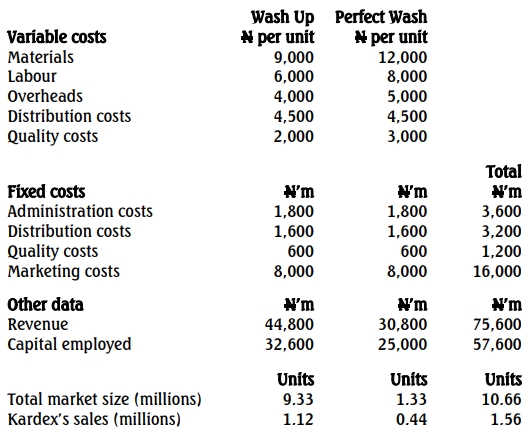- 20 Marks
FM – May 2019 – L3 – Q7 – Working Capital Management
Evaluate the financial viability of accepting a new customer order and provide considerations for granting credit.
Question
V Plc. manufactures engineering equipment. The company has received an order from a new customer for five machines at N5,000,000 each. V Plc.’s terms of sale are 10 percent of the sales value payable with the order. The deposit has been received from the new customer. The balance is payable 12 months after acceptance of the order by V Plc.
V Plc.’s past experience has been that only 60 percent of similar customers pay within 12 months. Customers who do not pay within 12 months are referred to a debt collection agency to pursue the debt. The agency has in the past had a 50 percent success rate of obtaining immediate payment once they became involved. When they are unsuccessful, the debt is written off by V Plc. The agency’s fee is N500,000 per order, payable by V Plc. with the request for service. This fee is not refundable if the debt is not recovered.
As an accountant in V Plc.’s credit control department, and based on the company’s past experience and on discussions with the sales and credit managers, you do not expect the pattern of payment and collection to change.
Incremental costs associated with the new customer’s order are expected to be N3,600,000 per machine, 70 percent of these costs are for materials and are incurred shortly after the order has been accepted. The remaining 30 percent is for all other costs, which you can assume are paid shortly before delivery, i.e., in 12 months’ time. The company is not at present operating at full production capacity.
A credit bureau has offered to provide error-free credit information about the new customer if the price is right.
V Plc.’s opportunity cost of capital is 16 percent. Ignore taxation.
Required:
a. Evaluate, from a purely financial point of view, if V Plc. should accept the order from the new customer based on the above information. (12 Marks)
b. Comment on what other factors should be considered before a decision to grant credit is taken. (3 Marks)
Find Related Questions by Tags, levels, etc.
- Tags: Credit control, Customer Order Evaluation, Financial Analysis, Risk Assessment
- Level: Level 3
- Topic: Working Capital Management


